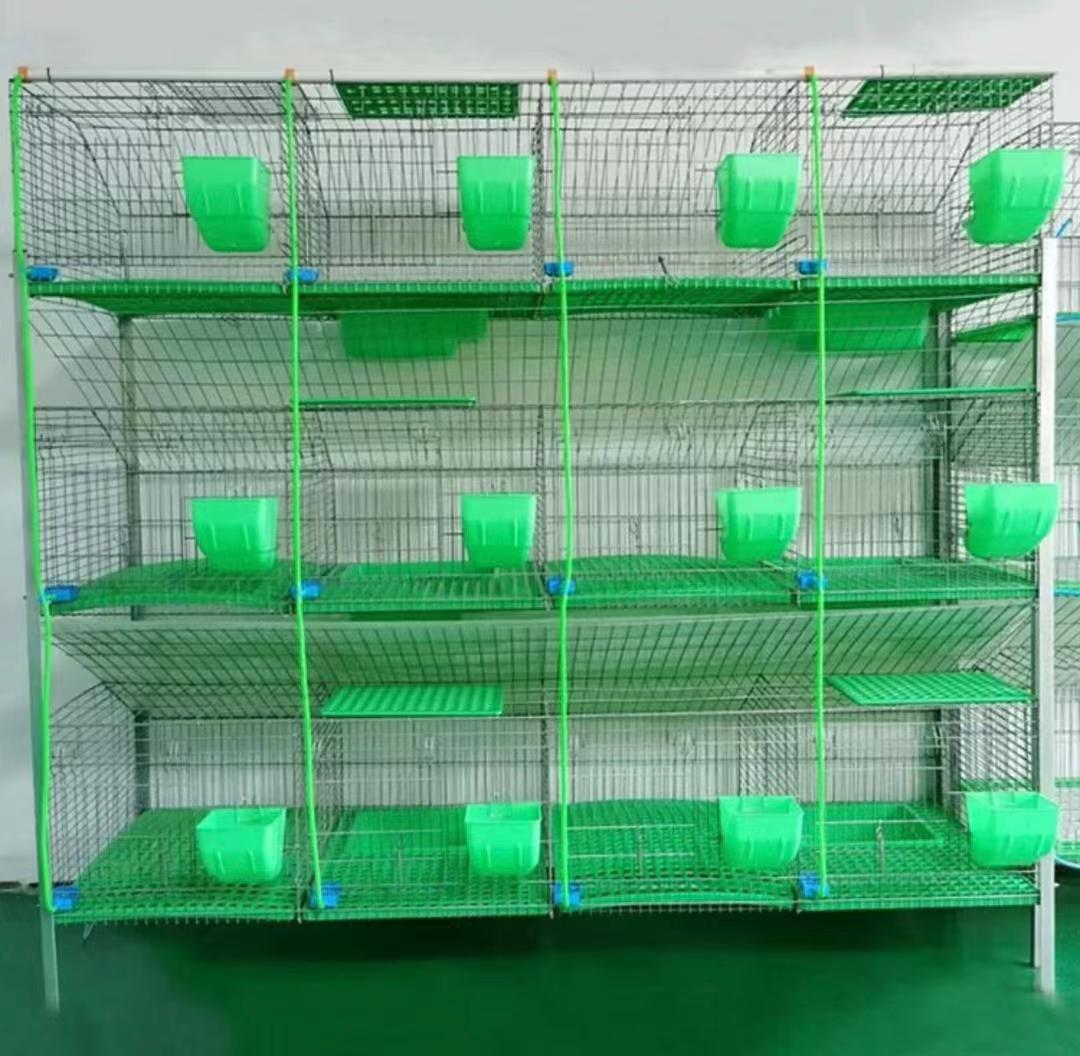Fish Feed Production Equipment for Efficient and Sustainable Aquaculture Solutions
Nov . 08, 2024 23:27 Back to list
Fish Feed Production Equipment for Efficient and Sustainable Aquaculture Solutions
The Importance of Fish Feed Milling Machines in Aquaculture
Aquaculture, the farming of fish and other aquatic organisms, has become a crucial component in meeting the global demand for seafood. As the industry continues to grow, so does the need for efficient and high-quality fish feed. At the heart of this process is the fish feed milling machine, a vital piece of equipment that has transformed the way we produce feeds for aquatic species.
Understanding Fish Feed Milling Machines
Fish feed milling machines are specialized equipment designed to convert raw ingredients into nutritious pellets or granules for fish and other aquatic animals. These machines are engineered to process a variety of materials, including fish meal, soybean meal, corn, wheat, and a range of vitamins and minerals. The primary objective of these machines is to produce high-quality feed that meets the nutritional requirements of fish while remaining cost-effective.
Key Components and Functionality
Fish feed milling machines typically consist of several key components that work together to ensure the production of quality fish feed. These include
1. Crushing Unit This component reduces the size of raw ingredients, making them easier to process and blend effectively.
2. Mixing Unit Here, various ingredients are combined in precise proportions to create a homogeneous mixture. Proper mixing is critical to ensure that the final feed is nutritionally balanced.
3. Pelleting Unit This is where the actual shaping of the feed occurs. The mixed ingredients are forced through a die under high pressure and temperature, which not only forms pellets but also enhances digestibility and nutrient availability.
4. Cooling Unit After pelleting, the feed is cooled to stabilize it, reduce moisture content, and prevent spoilage.
5. Packaging Unit Finally, the finished feed is packaged for distribution, ensuring that it remains fresh and ready for use.
Benefits of Using Fish Feed Milling Machines
fish feed milling machine

The use of fish feed milling machines offers numerous benefits, both to aquaculture operations and the broader seafood industry
1. Improved Feed Quality Milling machines produce pellets that are uniform in size and shape, which aids in the fish's ability to consume and digest the feed effectively.
2. Nutritional Efficiency By customizing the feed formulations, aquaculture producers can optimize the nutritional content to meet the specific dietary needs of various fish species, resulting in healthier fish with faster growth rates.
3. Cost-Effectiveness Producing feed in-house with milling machines can significantly reduce costs compared to purchasing commercial feeds. This is particularly beneficial for small to medium-sized aquaculture operations.
4. Waste Reduction Efficient feed production helps minimize waste, as high-quality pellets reduce the amount of feed that is uneaten and discarded.
5. Enhanced Sustainability With growing concerns over overfishing and the sustainability of wild fish stocks, aquaculture operations can rely on locally sourced ingredients to create sustainable feed, promoting environmental responsibility.
Future Trends in Fish Feed Milling Technology
As the aquaculture industry evolves, so too does the technology behind fish feed milling machines. Advances in automation and digital technologies are paving the way for smarter, more efficient milling processes. For instance, the incorporation of sensors and IoT devices allows for real-time monitoring of feed quality, inventory levels, and machine performance, enabling aquaculture producers to optimize their operations further.
Moreover, there is a growing emphasis on developing feed formulations that utilize alternative protein sources, such as insect meal and algal products. These innovations not only address sustainability concerns but also open new avenues for feed production.
Conclusion
Fish feed milling machines play a pivotal role in the aquaculture industry, paving the way for sustainable seafood production and meeting the rising global demand for fish. By ensuring high-quality feed that supports the health and growth of aquatic organisms, these machines are essential tools for aquaculturists around the world. As technology continues to advance, the future of fish feed production holds exciting possibilities that promise to enhance both efficiency and sustainability. The ongoing development of fish feed milling machines will undoubtedly contribute significantly to the success of aquaculture in the years to come.
-
High Performance Exhaust Fan – Efficient Ventilation Solutions for Home
NewsJun.10,2025
-
High-Quality Gestation Pen for Sows Durable Mobile Pig Pen & Simple Pig Pen Solutions
NewsJun.10,2025
-
High Quality Rabbit Cage Double Tier Designs & Welded Wire Mesh Supplier
NewsJun.10,2025
-
Floating Fish Feed Machine - High Efficiency Floating Fish Feed Extruder for Small Scale Production
NewsJun.10,2025
-
Premium Poultry Housing Solutions Mobile & Commercial Free Range Options
NewsJun.10,2025
-
Industrial FRP Fans Corrosion-Resistant Blades & Centrifugal Systems
NewsJun.09,2025






